Feel strong, supple and pain-free with these expert tips
Back pain is one of the most common medical complaints in the UK, with an estimated 60-80% of us experiencing it at some point in our lives. Common causes include prolonged poor posture, muscle strains, age-related degenerative changes, sciatica and herniated discs. Osteopath Emily Alexander, from the Backworking Osteopath Clinic explains, ‘We are designed to be hunting for food and moving all the time, but our lifestyles are so much more sedentary now. Most of us sit all day and it can lead to aches and pains and imbalances in the body.’
Of course, we always recommend consulting a medical professional if you’re experiencing back pain, but there are also many things you can do at home to be on the path to being pain-free.
Build your core strength
Lower back pain is often linked to weak core muscles. Alexander explains. ‘Bodies are very economical, so if a group of muscles is strong, it will use that over and above a weak group of muscles. If you imagine a muscle corset around your hips, pelvis and abdomen, that area can be weak in people who sit down a lot. All the front muscles shorten and weaken, and all the back muscles are essentially doing all the work, which can lead to pain.’
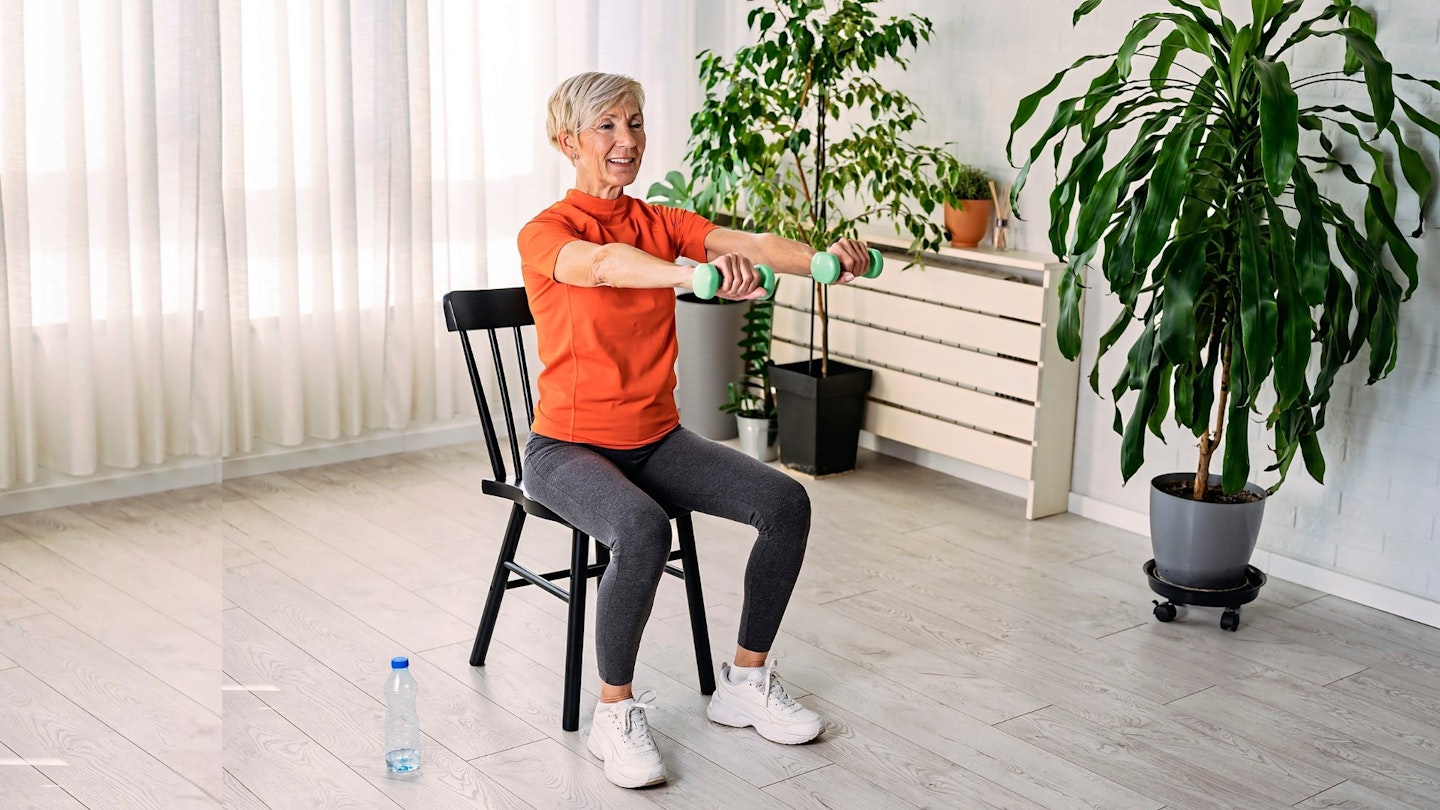
To strengthen the core, Alexander says little and often is key. ‘Pilates is brilliant, and there are excellent videos on YouTube for core-strengthening. Make sure the videos you are watching are by somebody qualified. You can start with chair exercises and build yourself up. Just five to 15 minutes a day would be outstanding and make a difference.’ A good pilates ball and the best pilates accessories are great tools to invest in.
Split your shopping bags

The way we watch TV, carry a handbag and hold children can all create imbalances in our bodies which can result in back pain. Alexander says it’s important to balance our bodies as much as possible. She explains, ‘If you’re carrying heavy shopping, split it into two bags rather than one. Make sure you’re pushing a trolley front on and not dragging it behind you.
‘And vacuuming can be especially tough on the back. Everyone vacuums with one leading leg and that’s a harsh activity for the back and hips. Use a vacuum that keeps you as upright as possible and then switch between leading with one leg and leading with the other. It will take quite a lot of practice, but it’s so worth it.’
When it comes to watching TV on the sofa, Alexander suggests, ‘Try and make sure you’re as front-on as possible. Lots of people will curl up into a ball and then turn their head right around so they can see the screen and that’s horrible for backs. If you are going to do that, sit one way and then sit the other way. Nobody wants to sit bolt upright all day, but just try and keep things even.’
Choose a great mattress
We all know that a night on an unsupportive mattress can leave us feeling achy, and The Sleep Foundation recommends you replace your mattress every six to eight years. But Alexander says the type of mattress you choose is very individual. ‘Go into somewhere like John Lewis and try the mattresses, lie on them for a little while and you’ll find some feel more supportive and suit you. A good mattress needs to hold your body in a nice, comfortable neutral position.’
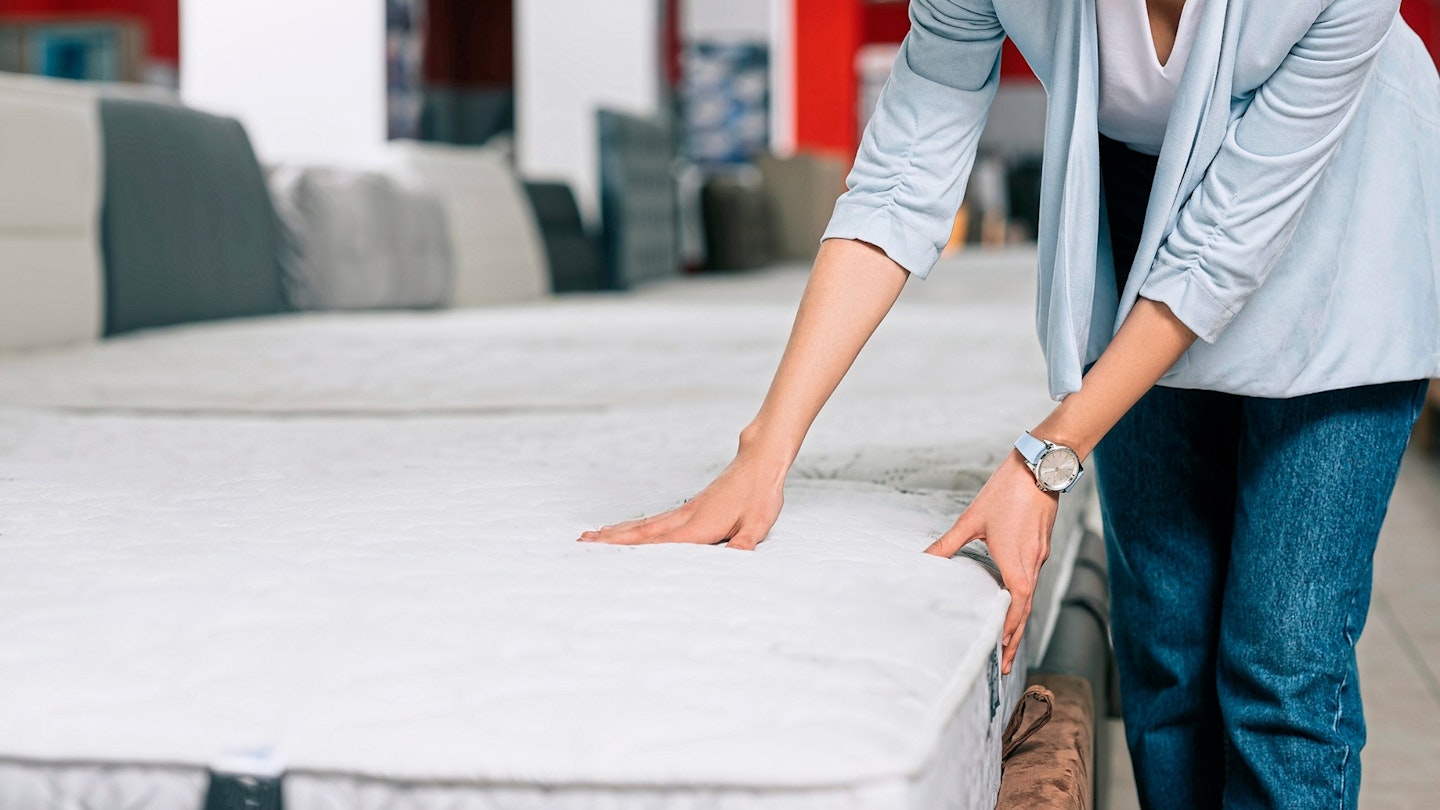
She adds, ‘Make sure you buy from a reputable dealer, but it’s not necessarily about the price tag so don’t think more expensive is better.’ And don’t be swayed by ‘buzz’ words, ‘The word “orthopaedic” on a mattress is irrelevant – just choose one that is comfortable for you.’
If you want to completely replace your mattress, then you could always try using a mattress topper for back pain.
Sleep with a pillow between your knees
Alexander says lying with a cushion between your knees can be a supportive way to sleep and it might help you avoid waking up with an aching back.
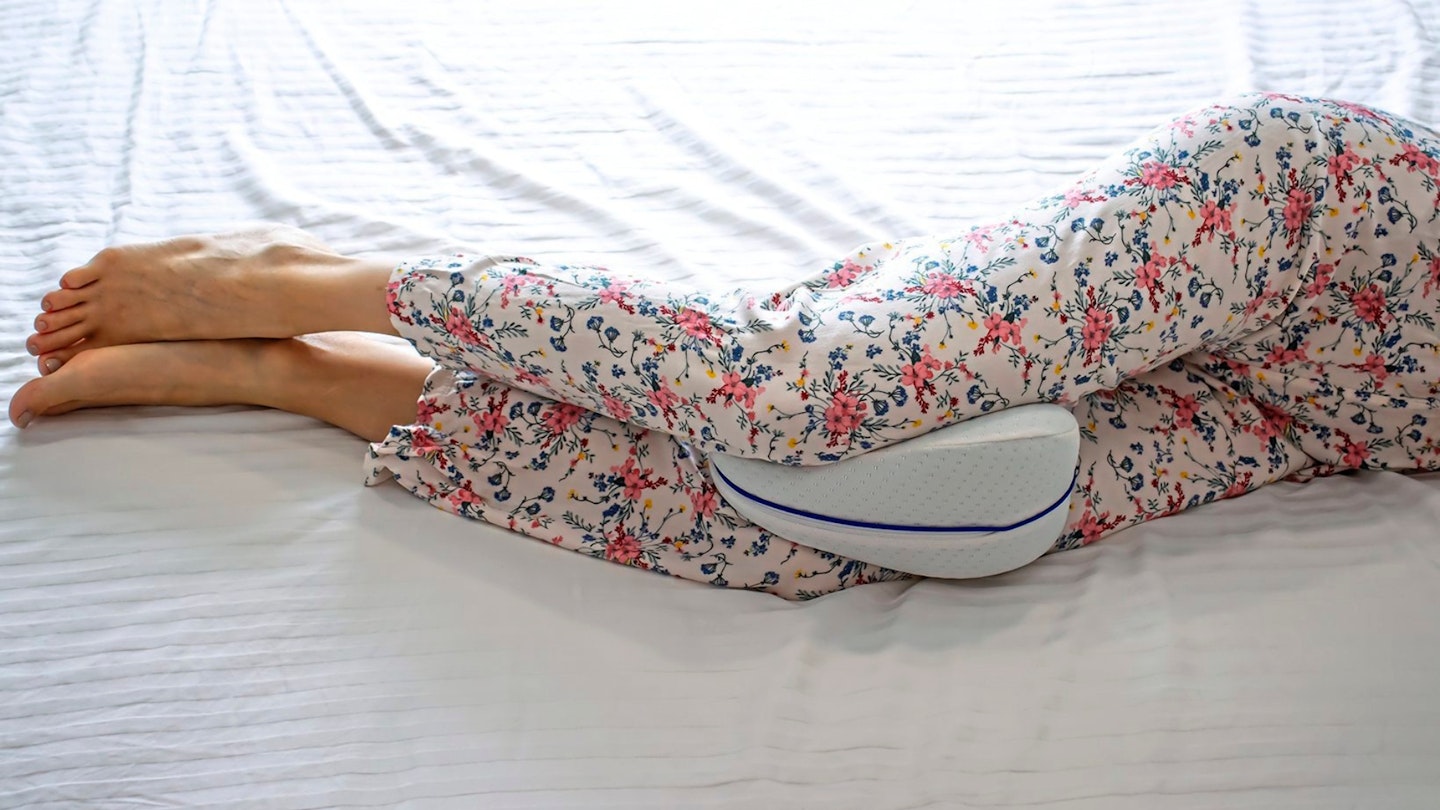
She explains, ‘For women, our pelvises are broader than our waists so if you look at someone lying on their side, you will notice that without a pillow there is a rotation in the lower back. A pillow between the knees or one of those long, sausage pillows can keep the spine in neutral and help you wake up pain free.’
Seek help
If you suffer a back injury or have regular back pain, Alexander advises seeing an expert. ‘Give things a few days to improve and, if they don’t, see an osteopath, a chiropractor or a physio – someone who is trained in the area.’
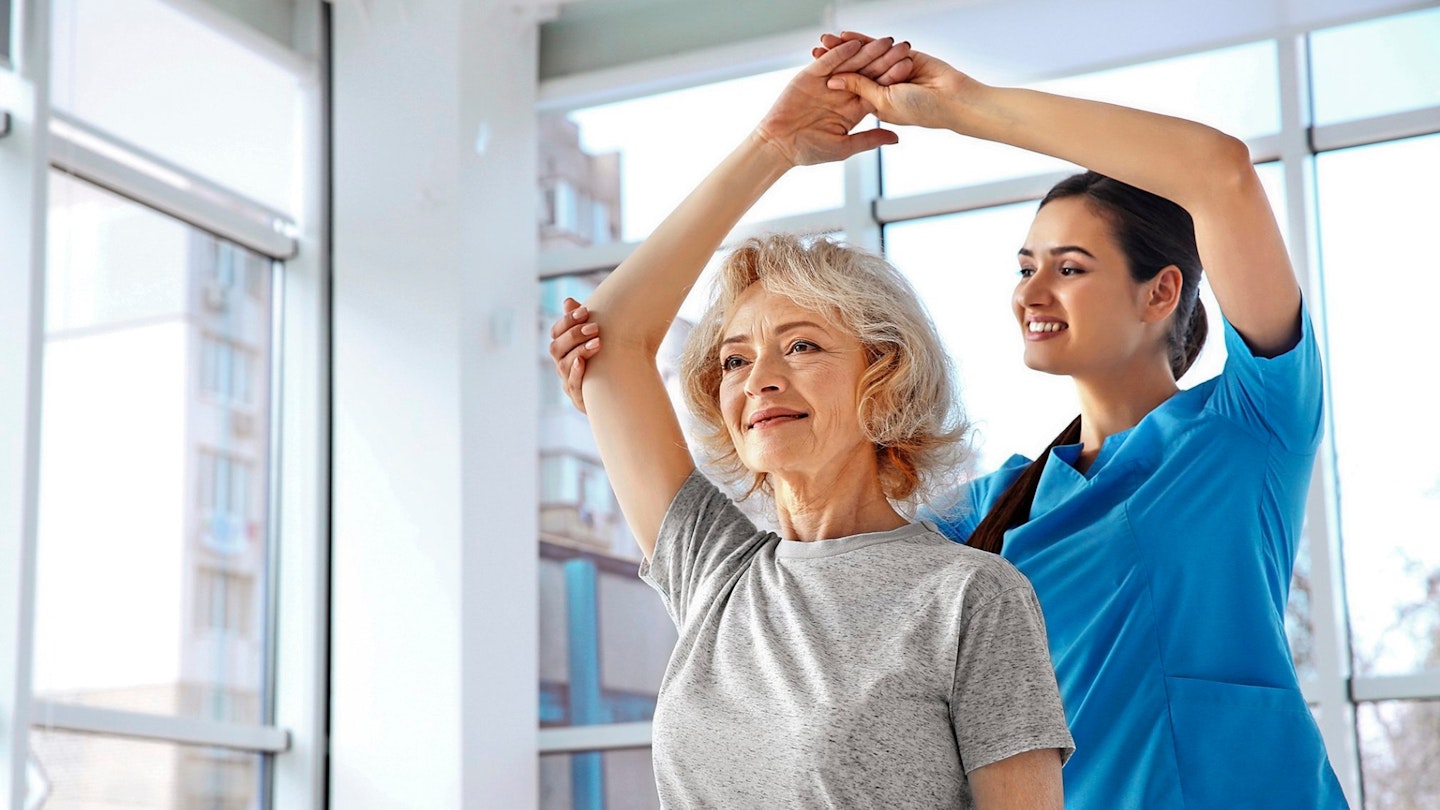
What should we expect from an appointment with an osteopath? ‘We’re not concerned about whether you’re aligned or symmetrical, but we just want to ensure your body is as comfortable as it can be. If you’ve got a particular joint that’s a bit stuck or a muscle that has gone into spasm, we remove barriers – so we might stretch out muscles or move joints to get more movement out of them. If you come in with lower back pain, we look at the whole body, so we also might check your leg length or look at your shoulders because everything is linked up. We try to locate the source of the problem.’
And Alexander says you shouldn’t let the worry of pain or getting undressed put you off. ‘You can ask ahead of time if you’ll be able to keep your clothes on, or ask what clothes you can bring to change into so you can be as dressed as you would like to be. You should never be exposed more than you are comfortable with.’
She adds, ‘We have to find the problem but we don’t want to cause pain, so if you’ve got a spasm in your back then we’d move very slowly and carefully to try not to trigger that. If you’ve got a sore muscle, we might try to massage into that, but the patient should always be directing what they’re comfortable with and say if it’s too sore.’
Get moving
Alexander says movement is key when it comes to keeping your back supple, building strength and being pain-free. She is a fan of swimming, but says finding an activity you love is key.
‘Swimming is great because you’re exercising while being supported in the water. It is gentle on joints so it’s low impact. Be careful of breaststroke if you keep your head above water, though, as you are introducing an uncomfortable curve to your spine at your neck level. If you aren’t comfortable putting your head in the water, backstroke would be better.

‘Aqua aerobics is lovely and fun too. Any classes such as Zumba or dancing are great and walking is brilliant. The key thing is to find an activity you like and keep moving.’
Stretch it out
Alexander says, ‘If you do develop back pain, it’s worth trying some stretches. Stiffness can contribute to back pain in some people.’
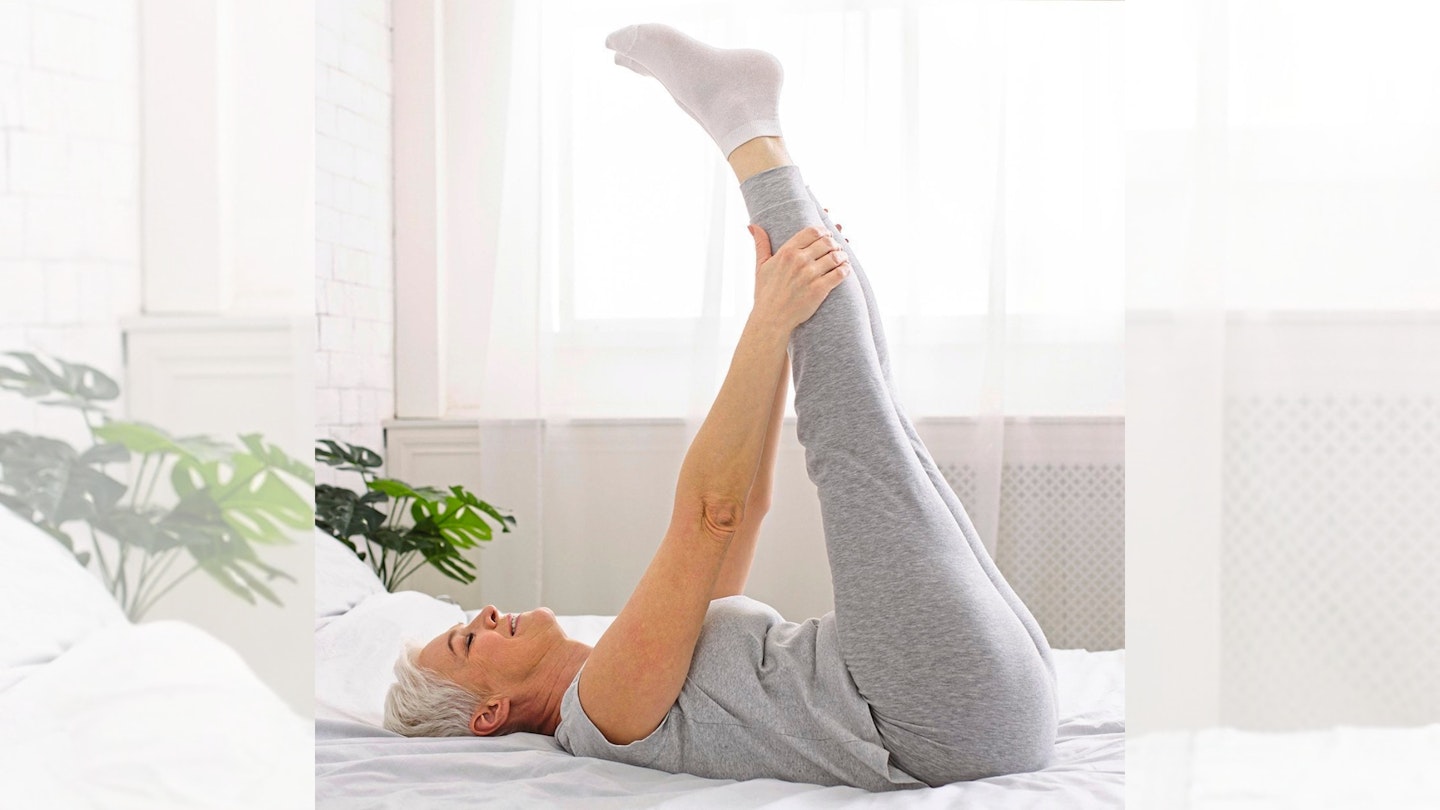
She recommends a psoas stretch. The psoas muscle is a long, ribbon-shaped muscle in your lower back and, when it’s too tight, it can cause lower back pain as well as stiffness and tightness. To stretch it out, try lying on your back in bed, with your body near the edge of the mattress. Bend the leg that’s closer to the middle of the bed up to your chest and wrap your arms around that leg to squeeze it close. Allow your other leg to dangle off the side of the bed and hold for several seconds. Then repeat on the other side on the opposite side of the bed.
Some back pain can also be caused by tight hamstrings. You can stretch them by lying on your back and bringing one leg straight in the air, hold for 10-15 seconds and repeat on the other side.
Consider a vitamin D supplement
If you don't already, it's worth taking a daily vitamin D supplement to support your back. Studies have shown there is a relationship between back pain and vitamin D deficiency. And other studies have shown that post-menopausal women are especially at risk of vitamin D deficiency. It is recommended that everyone in the UK take a supplement containing 10 micrograms of vitamin D daily in autumn and winter.

You can also increase your levels by having exposure to daylight and including foods rich in vitamin D in your diet, such as oily fish, egg yolks, red meat and some fortified breakfast cereals.
Annabelle Lee is a Lifestyle Editor at Bauer Media. She specialises in health, wellness and lifestyle celebrity content.
She studied Journalism at The University of Sheffield and started her magazine career at Cosmopolitan in 2010. She has since worked across a wide range of women’s interest magazines and remains passionate about writing and long form features. Her favourite part of the job is that she gets to constantly learn new things, interview fascinating experts and share their advice with readers.
